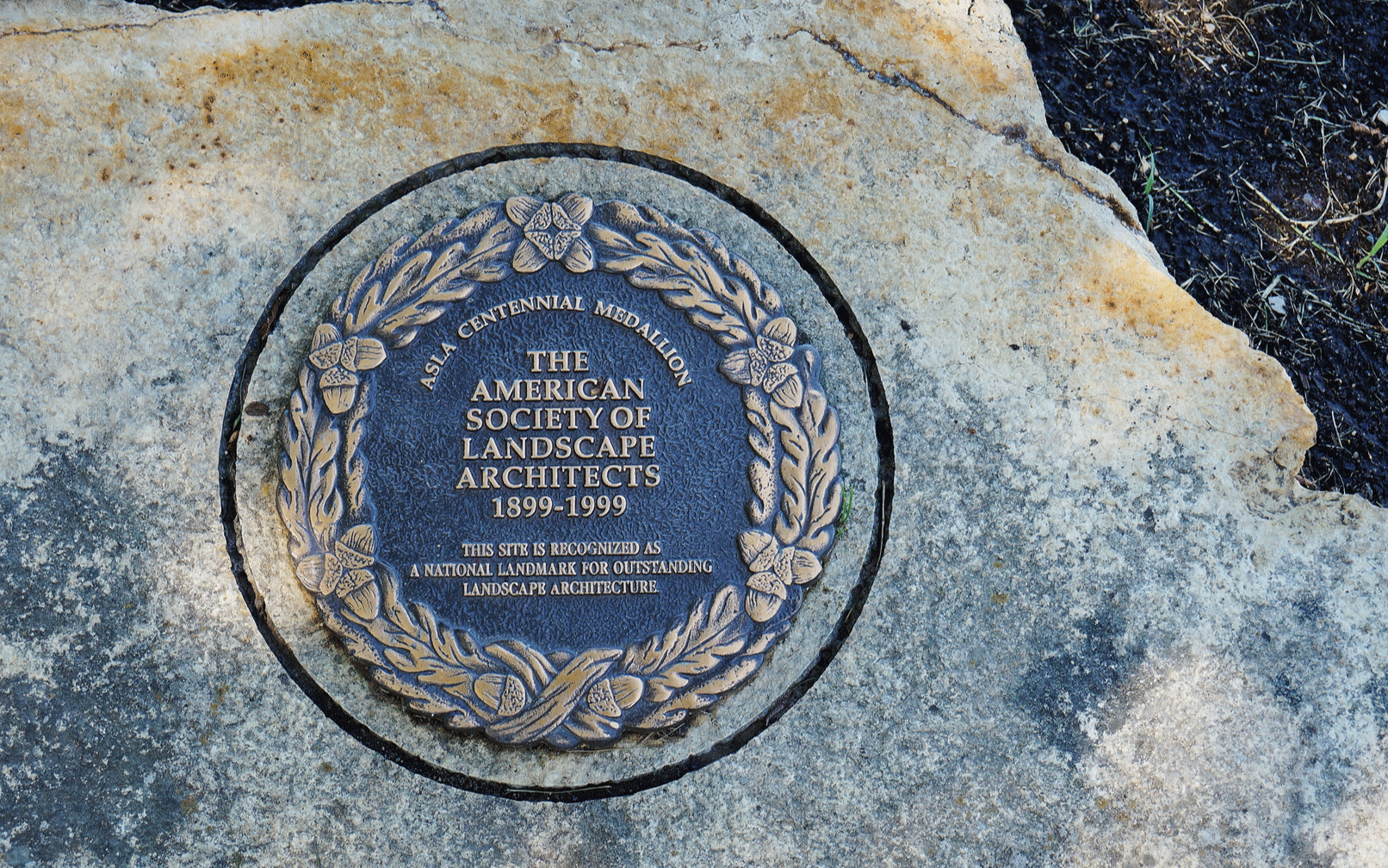The American Society of Landscape Architects’ (ASLA) Resilient Design Guide discusses innovative landscape designs capable of standing up to climate change and the increasing prevalence of natural disasters.
Climate change is causing more natural disasters to take place. The ASLA is actively striving to improve design and retrofit communities with resilient landscaping. Otherwise, an unexpected disaster can cause all sorts of system failures, leaving communities in complete crisis.
The appropriate multi-layered systems ensure the most vital functions continue to persevere even in the face of disaster. These same systems can also be more cost-effective and better allow communities to adapt and recover post-natural disaster.
But how does a landscape architect go about building a multi-layered system such as the one outlined above? The ASLA’s Resilient Design Guide breaks down sustainable landscape architecture into 6 different categories: Biodiversity Loss, Drought, Extreme Heat, Flooding, Fire and Landslides. Above all else, the ASLA recommends landscape architects work with nature instead of against it.
What Does It Mean To Work “With Nature?”
Climate change leads to an increase in natural disasters as well as other issues, such as a global warming. As the planet gets hotter and we consume more and more energy, some institutions are working with nature to solve the problem. Case in point: Chicago’s Gary Comer Youth Center Roof Garden actively helps cool down the surrounding area. The rooftop garden also provides the community with over 1,000 pounds of vegetables.
ASLA Resilient Design Guide
Here’s an overview of the 6 fundamental categories outlined in the ASLA Resilient Design Guide.
Biodiversity
Without nature, humans would cease to exist. Frighteningly, nature is more threatened than ever before because of things like climate change and human activities. Farms account for 40% of land usage across the globe, and this number is only expected to increase as populations expand. Farming non-native plants puts unnecessary strain on nature and local wildlife. The first priority of any agricultural or landscaping project should be ecological health and plant diversity, which includes using native plants.
According to the ASLA, landscape architects must encourage ecosystems in which humans and wildlife coexist. Planting native plants is one way you can facilitate that level of cohabitation.
Drought
Droughts threaten entire societies and account for a great deal of economic losses. Since 2015, the California drought has amassed over $2.7+ billion in losses. Landscape architects can reduce potential losses by designing more drought-resistant communities. Some ways to do so include creating local water management plans and designing natural systems that help communities decrease water usage. Yet another perk to working with native plants is reduced water usage.
Extreme Heat
The century we are living in is home to 15 of the 16 warmest years ever recorded; it’s clearer than ever that temperatures are on the rise. Spiking temperatures lead to increased electricity usage, which upsurges pollution and health concerns. Rising temperatures are exacerbated in cities with a lot of asphalt and concrete. These unnatural ground surfaces absorb and trap heat in a phenomenon known as urban heat island effect.
Knowing this, landscape architects can help reduce issues associated with rising temperatures by planning greener communities. Greenery actually absorbs and reduces heat, which is why green roofs, walls and streets are adamant to creating sustainable modern cities. The ASLA recommends architects pinpoint native plants that are more efficient at absorbing heat and reducing temperatures.
Fire
Since 1990, the costs associated with wildfire protection and suppression has tripled in the US, exceeding $3 billion every single year. Rising temperatures and drought play a large role in an increased risk of fires. It’s also common for entire developments to spring up in areas where fires are part of the natural ecosystem.
Landscape architects should work alongside planners, foresters and arborists in order to create natural defenses from fire. The right location and landscape plan can greatly reduce fire risks and increase safety.
Flooding
All around the globe, flooding remains the most common natural disaster. And it’s no small problem; in 2012 alone, flooding displaced a total of 32.4 million people. Flooding is common in both coastal and inland regions. The right solution for a particular community relates to local flood contributors. Landscape architects must create systems that absorb, divert or capture water to decrease the impact of flooding.
Landslides
Steep slopes, heavy rains and destabilized soil create the perfect recipe for a landslide. Planting certain trees and plants can help stabilize the ground and reduce erosion. Certain types of soils are also better at resisting erosion and other forces that lead to landslides. Geotextiles can help improve soil performance.
When landscape architects design with natural defense systems in mind, the risks associated with landslides decrease. It’s also important to avoid developing areas that are prone to landslides or sit on dangerous terrain. If it cannot be avoided, an engineer can help create slopes that are as resistant to landslides as possible.
It’s important to note that landsides and mudslides are not one in the same. Mudslides are caused by an inundation, rising groundwater and loss of soil friction. Inundation can cause landslides, but landslides more commonly relate to surface movement of earth and rock.
Who Developed The ASLA Resilient Design Guide?
The ASLA Resilient Design Guide was created with help from Alexander Felson, assistant professor at the School of Forestry and Environmental Studies, Kristina Hill, an associate professor of Landscape Architecture and Environmental Planning and Urban Design at the University of California at Berkeley, and the Yale School of Architecture.
Other contributors include Nina-Marie Lister, a graduate program director and associate professor at Ryerson University School of Urban and Regional Planning, landscape designer Nate Wooten, and Kongjian Yu, the founder and dean of Peking University College of Architecture and Landscape.
Read the full ASLA Resilient Design Guide. http://www.totallandscapecare.com/landscaping/asla-resilient-design-guide/

